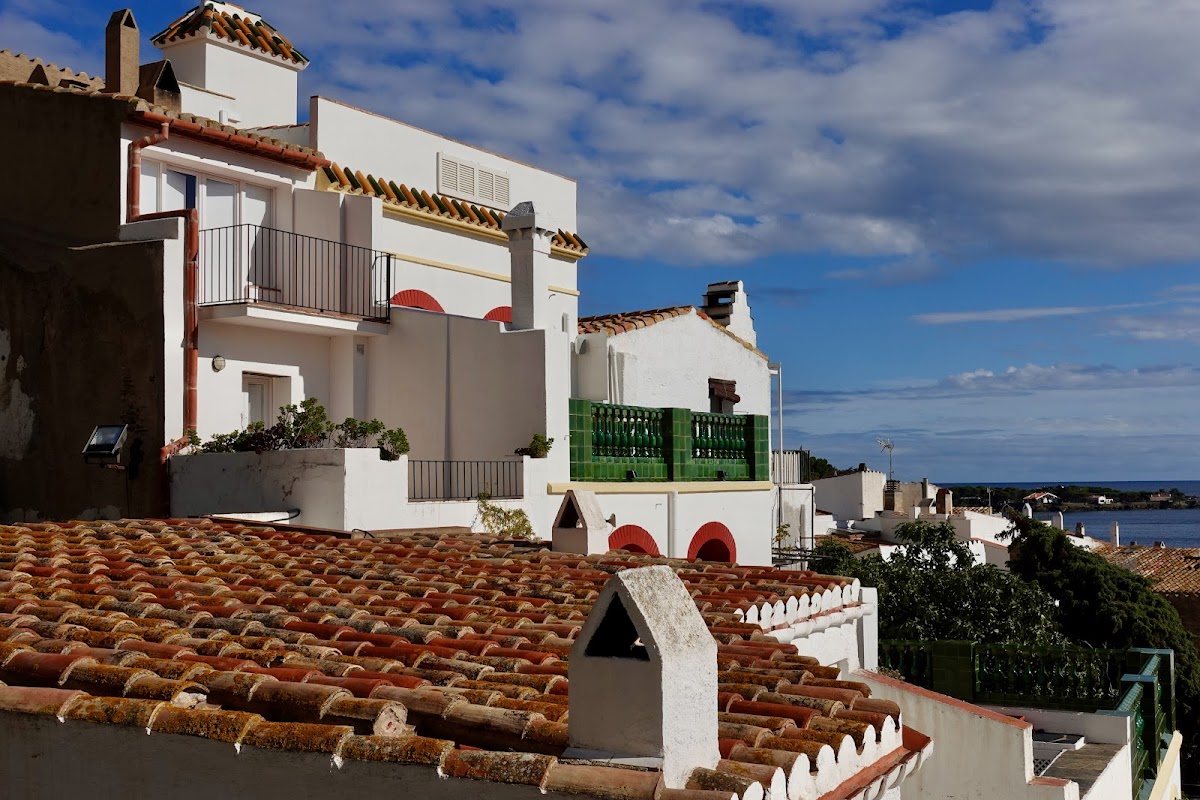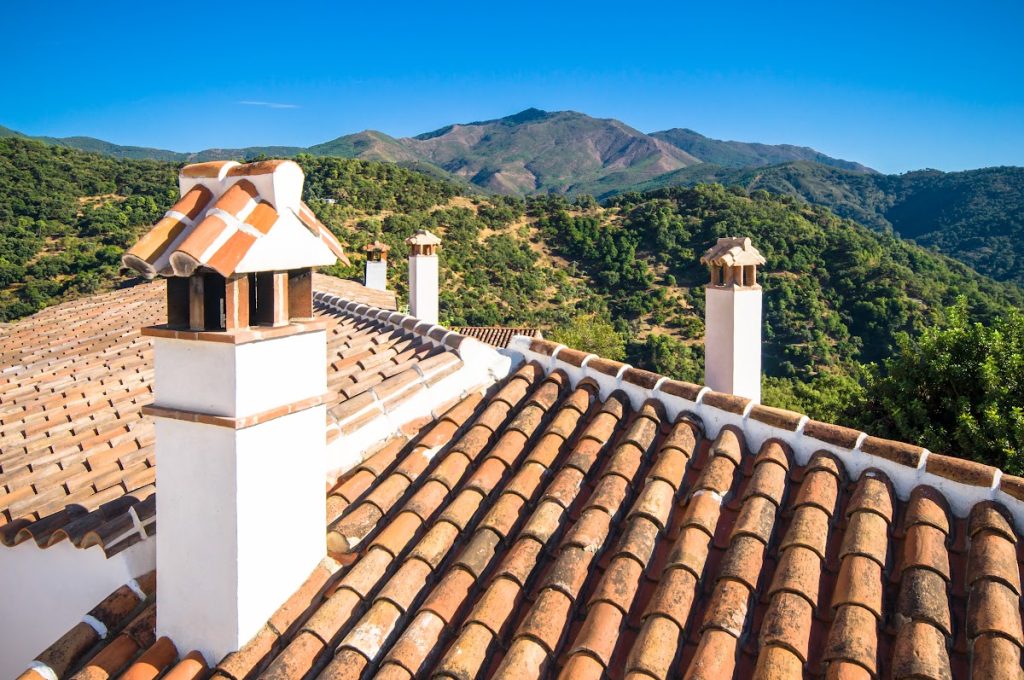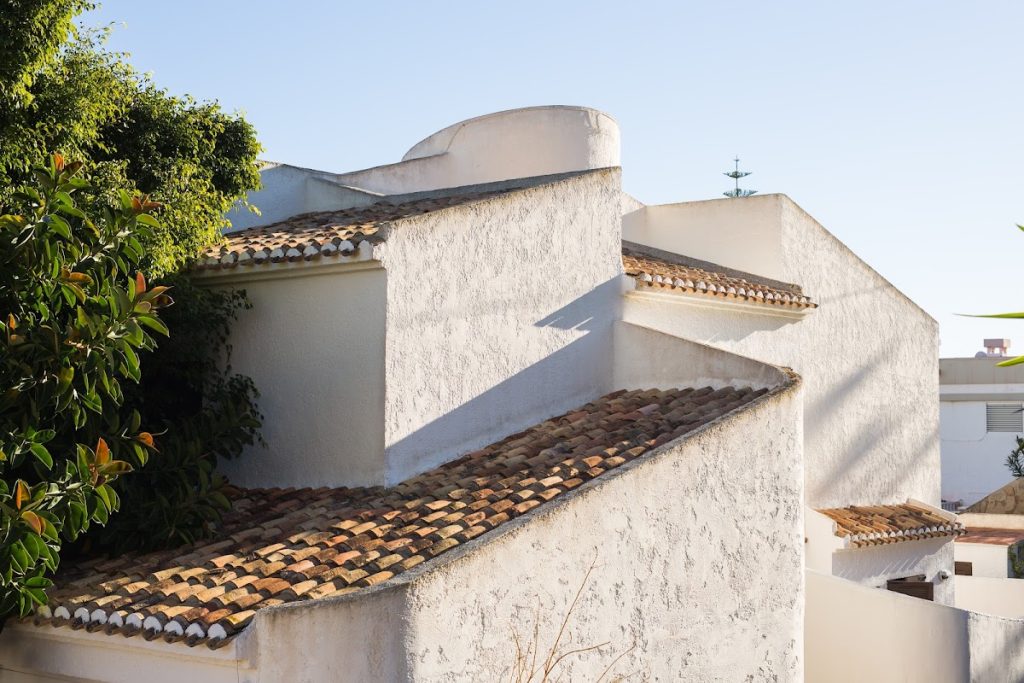Standing on a sun-drenched ridge in northern Spain and you can still hear yesterday’s potters shaping clay by hand, the same way their grandparents did. They knew that a roof is more than shelter; it is a quiet promise between land and sky.
Clay tiles fired in the Iberian tradition have sheltered people for millennia, yet outperform many modern materials. When U.S. homeowners look for a roof that turns heads and survives the worst our climates can throw at it, few options match the balance of style and staying power that Spanish clay provides.
Verea Clay Tile has spent nearly six decades honoring that promise, pairing old-world craft with modern engineering to create tiles that look like they grew out of the earth, yet shrug off time, storms, and scorching sunlight alike. Verea Clay Tile, in particular, leverages fifty-plus years of Galician craftsmanship to deliver Grade 1 tiles, such as its flagship Spanish S and True Barrel pro
files, that live up to the romance and the rigors of contemporary construction.
 The Craft Is A Heritage That Never Ages
The Craft Is A Heritage That Never Ages
All Spanish tiles begin the same way: raw clay kneaded with water, cut into blanks, and fired above 1,000 °C until the body vitrifies. The ASTM C1167 standard divides the fired result into three grades; Grade 1 tiles must shrug off 100 freeze-thaw cycles without cracking and limit water absorption to about 6 % by weight. Premium brands drive that figure lower. Ludowici’s 18-inch barrel tile, for example, records under 2 % absorption and still earns a Class A fire rating.Tile historians can trace curved clay forms back to Greek Corinth in the seventh century BCE. Romans spread the technique across Europe, and Spain perfected the single-piece profile we still recognize today. In the Americas, missions from California to Florida adopted Spanish tiles for a straightforward reason: longevity. Archaeologists regularly lift intact shards from sites dating back four hundred years, and modern lab tests confirm a projected service life of seventy-five years or more when tiles are appropriately installed.
That long record creates instant curb appeal. Even new builds gain a certain gravitas once the first course of Spanish S tiles locks into place. Founded in 1967, Verea fires every tile in Galicia’s rugged hills, then ships Grade 1 Spanish clay to architects and homeowners across the Atlantic. The kiln temperatures are fierce, but the alchemy is simple: water, clay, and fire give birth to a tile so dense it earns ASTM’s highest rating for break-strength and weather resistance.
The company’s Miami distribution hub keeps lead times short, yet nothing about the product feels mass-produced. Colors run through the body of the tile, so scratches reveal the same warm tones you see on day one. That’s why Verea backs its roofs with a lifetime warranty against fading and defects, no small oath in a world of planned obsolescence.
The Strength Of The Spanish Clay Tile is Forged in Fire
Pick up a single Spanish S-profile and you’ll feel a comforting heft, usually 6 to 8 pounds, depending on the manufacturer. Multiply that across a hundred square feet, and the roof sits between 550 and 800 pounds per square: heavy enough to resist uplift in 150-mph gust zones, light enough to spare most rafters extra reinforcement.
The curve acts like a low arch, spreading loads across the deck the way canyon walls share the push of the river — mass plus geometry: a one-two defense copied from Roman aqueducts to modern domes.
Spanish clay tiles owe their resilience to a handful of measurable advantages:
- Water absorption: typically just three to four percent, far below the eight-percent cap in ASTM C1167, virtually eliminating freeze-thaw spalling.
- Break load: often exceeding six hundred pounds per tile, so accidental footfalls rarely cause damage.
- Weight efficiency: Roughly six pounds per piece (about forty percent lighter than many concrete tiles) places less demand on rafters.
- Firing temperature: above 1,800 °F, which vitrifies the silica and turns each tile into ceramic stone.
A true Grade 1 tile must survive a hundred soaking cycles and deep-freezing without cracking. Top-shelf Spanish makers tested to double that and reported under five percent water absorption. Less water inside means less ice expansion, which means no midnight “ping” of cracking clay in February. Homeowners farther north sleep better for it.
When you choose a Verea barrel roof tile, an S-curve, or a sleek flat interlock, you select that kiln-born moment when earth met flame and decided to last. Every raindrop that skates away, every summer noon that fails to bleach the ridge, every winter dawn that finds the tiles uncracked, all of it leads back to fire, the first and fiercest craftsman on the job.
Spanish Roof Tiles Can Resist Harsh Weather Conditions
Spanish tiles are fired past 1,000 °C until they vitrify. At that moment, silica and alumina fuse into a glass-like web, pinching capillaries closed so water uptake stays below the 6 % limit for ASTM C1167 Grade 1, the top durability class. Because the clay has already met flame head-on, the finished roof easily earns a Class A rating under ASTM E108/UL 790, the highest certification for resisting external fire and blowing embers.
When rain seeps into a porous roof, the next night’s freeze can burst it apart. Vitrified Spanish tiles absorb so little water that they survive more than the 100 freeze-thaw cycles demanded by Grade 1 testing. Independent brochures show premium tiles completing double that gauntlet with no cracks, giving mountain and northern homes the same longevity that coastal villas enjoy.
Cold presents a different challenge, water expansion. Because Verea tiles absorb so little moisture, they resist the micro-fracturing that dooms more porous materials during repeated freeze-thaw cycles. Laboratory cycles that simulate decades of winter cannot force measurable splitting. Meanwhile, clay’s thermal mass slows heat flux, meaning attics stay cooler in summer and warmer in winter.
Oak Ridge National Laboratory measured attic heat flow under clay assemblies and found daytime cooling-energy savings of 20 – 45 % versus asphalt shingles, thanks to the tile’s thermal lag and the air channel under each course. Add counter-battens, and the gap deepens, dropping attic temperatures another notch. Breathing space translates into quieter HVAC units and lower bills for homes in the Sun Belt (or pueblos facing the high desert sun).
How To Evaluate A Spanish Roof Tile
For contractors, replacing an asphalt roof with clay does not demand exotic skills, but attention to detail pays dividends. Follow this checklist, and a Spanish tile roof will reward the effort:
- Evaluate framing and sheathing. Verify truss spacing and roof-deck thickness; reinforcement is rarely needed but should be confirmed.
- Select high-temperature synthetic underlayment. Membranes rated at least 250°F create a second line of defense and allow vapor to escape.
- Snap precise chalk lines. The rhythm of a Spanish S or True Barrel field is unforgiving; straight courses maintain both aesthetics and weather tightness.
- Choose the proper fasteners. Stainless or hot-dipped galvanized nails outlast electro-galvanized options, especially in coastal or high-humidity zones.
- Finish hips and ridges with care. Pre-finished ridge caps or sculpted mortar keep water and vermin out while polishing the roofline.
- Plan light annual maintenance. Clean gutters, inspect flashings, and replace the occasional cracked tile without disturbing the surrounding field.
When crews follow these steps, a Verea installation proceeds smoothly and sets the stage for decades of worry-free performance.
Key Checks Before Purchasing Spanish Clay Roof Tiles
- Compliance Certificates
- Durability: ASTM C1167 Grade 1 (≤ 6 % water absorption; 100 freeze-thaw cycles).
- Fire Safety: UL 790 / ASTM E108 Class A.
- Wind & Rain: Miami-Dade Notice of Acceptance for High-Velocity Hurricane Zones.
- Hail: FM 4473 Class 3-4 (impact resistance).
- Physical Inspection
- Uniformity: consistent length, width, and curvature; edges align without gaps.
- Body Color: pigment runs through the clay, not merely on the surface.
- Resonance: A clear, bell-like ring indicates proper firing when tapped.
- Weight: 2.7–3.6 kg (6–8 lb) for an S-profile; very light tiles may be under-fired.
- Absorption Test (Optional): Submerge a dry tile for 24 h, wipe, and re-weigh. A mass increase below 5 % confirms low porosity.
- Structural & Logistic Considerations: Verify roof-load capacity (typically 25–40 kg/m²; 550–850 lb per square). Confirm availability of matching hips, ridges, and field tiles for future repairs. Request breakage allowance and lead-time commitments from the supplier.
- Warranty & Support: Prefer lifetime or 50-year transferable warranties with colorfastness. Clarify labor coverage for defect-related replacement.
- Sustainability Documentation: Ask for an Environmental Product Declaration or equivalent lifecycle audit. Confirming these specifications and tests ensures the selected Spanish clay tile will deliver long-term performance, safety, and aesthetic integrity.
Verea’s hierarchy of priorities for technical certification is visible in its structure of resources and third-party verifications. Verea maintains the EU CE mark and Spain’s AENOR seal, and secures individual Miami-Dade Notices of Acceptance for each tile profile, authorising use in Florida’s High-Velocity Hurricane Zone.
By publishing these NOAs alongside UL/ASTM fire and FM-4473 hail reports, the firm shows that regional code compliance is engineered, tested, and documented before sales begin.
 How Verea Clay Roof Tile Can Help
How Verea Clay Roof Tile Can Help
Because Verea ships stackable pallets with less than 1 percent breakage, contractors spend more time on the roof and less time on phone calls arranging replacements. The company sells only through vetted distributors, so specifiers work with teams that know the product and the local code.
Verea’s Spanish-made tiles help owners, architects, and contractors by ensuring every profile is certified Grade 1 under ASTM C1167 and supported by Miami-Dade Notices of Acceptance, confirming resistance to freeze-thaw cycles, Class 3 hail impact, and design winds exceeding 150 mph. Also, A U.S. distribution hub in Miami shortens lead times, and a transferable limited-lifetime warranty covers manufacturing defects and color permanence for as long as the original owner holds the property.
By combining quality, sustainability, regional compliance, laboratory proof, installation guidance, and warranty guarantees (and making all documents publicly downloadable), Verea demonstrates that each facet is a priority rather than an afterthought.
Need guidance? A free consultation is a phone call away at the Miami headquarters.


 The Craft Is A Heritage That Never Ages
The Craft Is A Heritage That Never Ages How Verea Clay Roof Tile Can Help
How Verea Clay Roof Tile Can Help